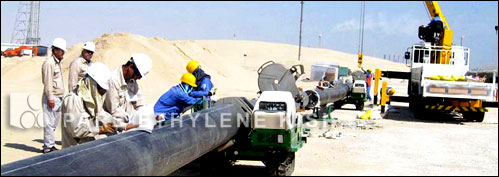
HDPE PIPE CONTROLS WATER LOSS IN DESERT & REDUCES INSTALLATION COSTS
Arizona Water Conservation Project Saves Resource and Money
TONOPAH, Ariz. -- One of the largest water wholesalers in the country saved more than $125,000 by using high-density polyethylene (HDPE) for its 15,000-foot Tonopah Desert Recharge Project (TDRP) pipeline project, 40 miles west of Phoenix.
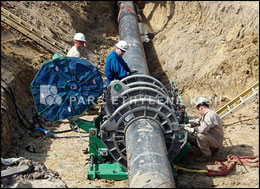
The project is part of a water conservation project developed by the Central Arizona Water Conservation District (CAWCD), which owns a 336-mile canal that distributes Colorado River water to a large part of Arizona.
Water is taken from the canal through a gravity-fed pipe system that includes 24-to 63-inch diameter HDPE pipe. The water is channeled into a series of shallow ponds that cover approximately 250 acres. From there, it is allowed to seep into the ground where it eventually reaches the natural aquifer. The aquifer acts as a storage facility for future use.
HDPE was not one of the pipe options on the original bid. But when KLB Construction, Inc. told CAWCD it could do the job for $125,000 less if HDPE was used and the high reliability factor of the pipe was substantiated, CAWCD jumped at the opportunity to install the pipe.
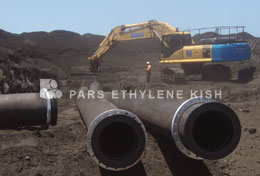
“It’s like the water industry dug up a time capsule from the 1970’s and discovered a new pipe,” said Steve Wilson, co-owner of High Country Fusion. “HDPE is being unleashed in a way that it hasn’t been in 30 years. For example, look at its results in the gas industry.
This is a pipe that is superior to its competition both financially and physically. And water engineers are starting to figure that out the way they did in Europe during the 90’s and the way the gas industry did in the 70’s.”
Wilson explained how the water industry’s opinion of high-density polyethylene pipe continues to rise after numerous success stories spread across the country.
“What’s great about it is that the core benefits of HDPE haven’t really changed since it was developed in the 70’s,” he said. “The exact things HDPE has been doing for the gas industry during the last three decades – preventing leaks and saving money on installation and maintenance – is exactly what the water managers are trying to achieve.They know what their needs are and they’re talking to the HDPE industry because we have the answer.
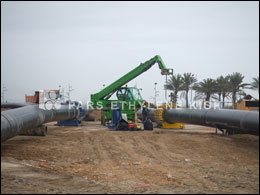
High Country Fusion supplied the HDPE pipe and McElroy Fusion equipment for the project. Of particular concern was the complexity of fusing 63” OD pipe, so a unit was used that would record the fusion procedures for each fused joint.
“The use of HDPE is the first step for one of the largest water suppliers in the West,” said Wilson. “Now that engineers are starting to understand there can be up-front savings, along with the long-term savings associated with HDPE, we’re starting to see a lot more of it being used.”
Water is rapidly becoming the hottest commodity in the West where periodic droughts continue to cause problems for water managers. Many of the problems are associated with piping infrastructure that has a leak rate estimated at 15 to 25 percent. The western U. S. cannot afford this kind of waste but the immense uncertainty hanging over piping infrastructure is more about the money.
This is where HDPE has a distinct advantage over other piping materials and why CAWCD decided to use the pipe. “This area of Arizona certainly has to conserve and watch its water,” said Tony Radoszewski, executive director of The Plastics Pipe Institute, Inc. (PPI). “Projects like this will secure the future of Arizona and will serve to get people familiar with the many benefits of HDPE pipe so that it will be easier to utilize the pipe on future projects.
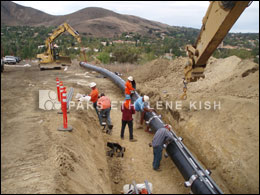
” Wilson related that the HDPE pipe industry has been preaching the “long-life/leak-free” sermon for years, but until lately the majority of water managers have been slow to change from traditional methods and materials. “The big savings come from not having leaks and huge maintenance expenses over the next 50 to 100 years,” he said. “Mechanical joints will start to experience problems, sometimes in the first few years, and these troubles grow as the system ages, which means that water companies using traditional types of pipe need to have an enormous maintenance budget.”
Wilson also felt that this project is a huge step for the pipe in water applications. “If other water companies start taking a cue from organizations like CAWCD, HDPE could become a major solution to both the financial and water shortage problems,” he said. “We know HDPE will last 50 to 100 years without leaking and we sometimes wonder why people would want to build a water pipeline that doesn’t achieve the level that HDPE provides.”
source : http://plasticpipe.org/